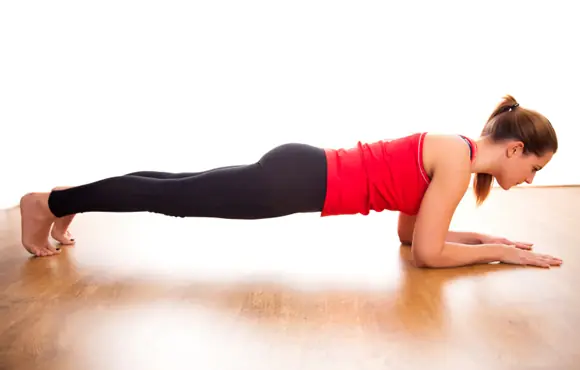Do you follow the classical model and build fitness through long hours of low intensity, or do you grab edge of the sword and undertake the higher-intensity model that is all the rage in chat rooms, books and training blogs?
From the dawn of the endurance cycling, long, slow distance (LSD) rides have been argued as fundamental to one's improvement and success. Small-ring rides, heart rate restricted rides in Zone 2, and long, long hours have been extolled by coaches and physiologists for decades.
More recently, with the advent and rise of power-based training, a new mantra has taken hold—using steady state, threshold efforts as the foundation of your fitness paradigm. Well-respected coaches and physiologists promote this model with equal vigor. So which is best? The answer is: It depends. In this article, we'll take a look at the LSD model.
Analysis of Research
To try and answer this question, Stephen Seiler and Espen Tønnessen undertook a meta-analysis of existing literature (a method of quantitatively analyzing a big database of research studies) in combination with a review of current training methodologies of Olympic- and World Champion-caliber athletes to try and tease out the "right" answer.
Seiler and Tønnessen sought to "discuss this issue in a way that integrates research and practice." Their study, published in November, 2009, in the online journal www.sportsci.org, offers a comprehensive overview of the intensity/duration relationship.
The sheer volume of research in this area is simply amazing. For their purpose, Seiler and Tønnessen looked at more than 90 published research articles and several real-world case studies to determine which are the most effective. They then sought to standardize some of the nomenclature and research design into discernable ranges of exercise intensity that could be viewed across populations and research.
Grouping the research studies based on a "standard" categorization of exercise intensities was the first challenge in sorting through the mass of literature. Seiler and Tønnessen chose to use a three-zone system that correlates well with various other forms of intensity measurements that use more zones (e.g. a five-zone system) or differing parameters (e.g. percentage VO2max, blood lactate concentration, etc).
For the review, the zones were established around the two ventilatory turn points correlated with O2 and CO2 equivalence and the movement of blood lactate levels from baseline (LT1/VT1) to supra-maximal (LT2/VT2/MLSS—maximal lactate steady state).
View an image from Seiler and Tønnessen's research to see the zones they used.
To further refine the discussion, Seiler and Tønnessen also defined high- and low-intensity training ranges based on the findings of other researchers, including Robinson, et al (1991); Mujika, et al (1995); and Billat, et al (2001), among others. Low intensity was defined as being below 2-mMol blood lactate concentration (<2-mM), while high intensity was established as being above 4-mM blood lactate concentration.
Endurance Training Volume and Intensity
Endurance sports require lots of training. It was noted that cycling, in particular, was characterized by a culture where long training bouts (four to six hours) were common, and where total training volume for elite-level athletes routinely tops 35,000 kilometers, and over 1,200 hours per year. That averages out to over 24 hours per week, 50 weeks per year!
The composition of that training was of primary importance to the authors. Time and again they make the point that most of the training volume undertaken by top-tier athletes is at either levels below 2-mMol of blood lactate concentration, or above 4-mMol blood lactate concentration. Which is to say that their training is highly polarized. A couple of examples:
A 2002 study by Schumacher and Muller noted the daily training mix for a group of elite-level German pursuit track cyclists. In the 200 days leading up to the Sydney Olympics in 2000 the athletes trained 140 days at intensities under 60 percent of VO2max, spent 40 days stage racing, and only 20 days of track riding at race-level intensities.
- 1
- of
- 2









Discuss This Article